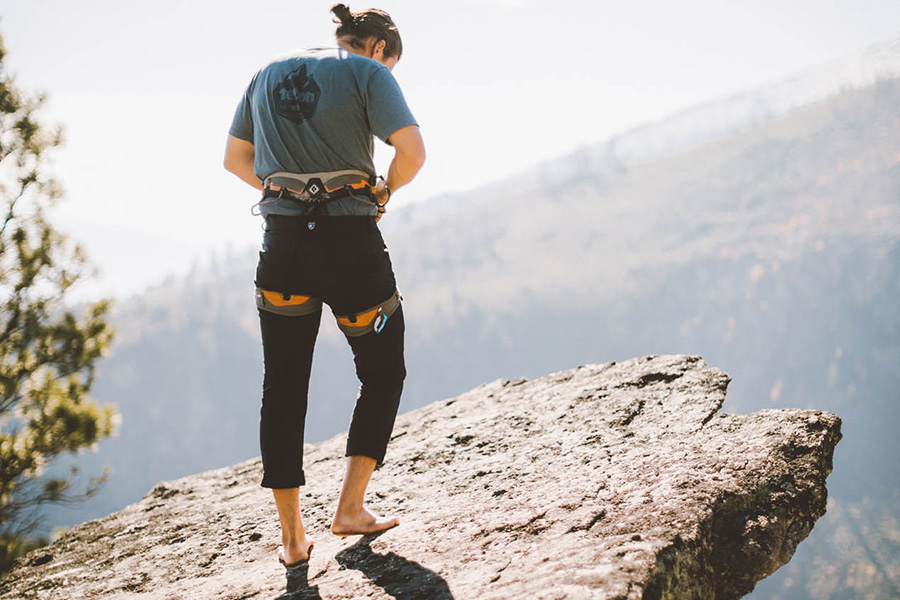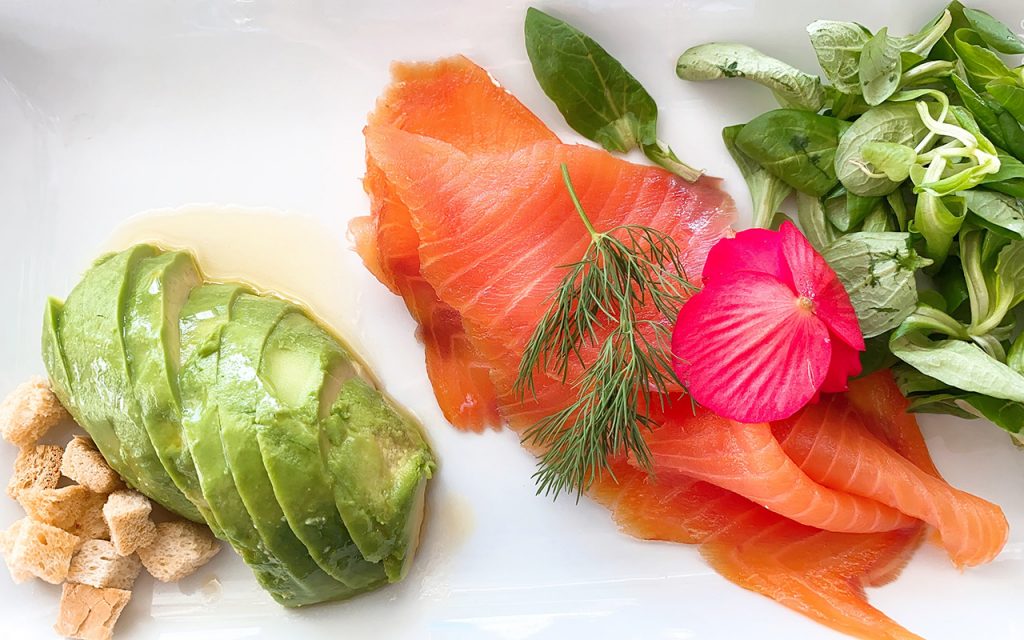- 1. Tips for Recovering From Injury
- 1.1. Can You Speed up the Recovery Process?
- 2. Common Sports Injuries
- 2.1. Achilles Tendonitis
- 2.2. Ankle Injury
- 2.3. Hand and Wrist Injury
- 2.4. Hamstring Injury
- 2.5. Hip Injury
- 2.6. Knee Injury
- 2.7. Concussion
- 3. What Foods to Eat to Speed the Healing Process
- 3.1. Calcium (and Vitamin D)
- 3.2. Fiber
- 3.3. Omega-3 Fatty Acids
- 3.4. Protein
- 3.5. Vitamin C
- 3.6. Zinc
- 4. An Injury Can Affect Your Mental Health
- 4.1. Keeping Yourself Busy Is Key
- 4.2. Ideas to Keep Yourself Occupied
- 5. How to Prevent Sports Injuries in the Future
- 5.1. 5 Tips for Injury Prevention
- 6. Consult With Your Doctor

Common Sports Injuries & Tips for Recovery
Table of Contents [Show]
You were out having the time of your life when suddenly your whole life changed. Maybe you fell, maybe you twisted something, but either way, you got hurt.
We’ve all been there, but depending on the severity of the injury, you may be struggling with the recovery process. It can take weeks, or even months, to bounce back to your previous physical abilities.
If you’ve found yourself going from exploring stunning outdoor foliage to feeling confined to your bedroom walls, we’ve compiled injury recovery tips for some of the most common sports injuries.
Also, check out the Safety in the Wild: Common Outdoor Injuries and How to Treat Them.
Tips for Recovering From Injury
While recovery specifics will depend on your individual injury, one thing you undoubtedly need is rest. While it can be a challenge, remind yourself that slowing down will allow you to return to your favorite activities sooner.
Can You Speed up the Recovery Process?
Unfortunately, lots of rest and patience are the best way to ensure a speedy recovery. It can be difficult to stay still for such a long time, but progressing too quickly can result in a longer, more painful recovery process.
Make sure you ease into things when ready, stretch it out, and take things slow. Don’t push yourself before you’re ready, or you’ll risk worsening the injury, which could potentially lead to long-term complications.
Common Sports Injuries
Below are common injuries among athletes. There are varying severities of each injury, but all will affect your ability to perform. (Please note: These are brief overviews of common sports injuries. This is not medical advice. Always consult with your doctor if you are concerned about your healing process.)
Achilles Tendonitis
The overuse of your Achilles tendon often occurs in runners and is especially common in middle-aged male athletes. It often begins as a mild ache but can lead to more severe pain when left untreated. If the pain is debilitating, you may have torn your Achilles tendon. For severe pain, see a doctor. Once cleared for rehabilitation, you’ll need to stretch to regain strength and flexibility. Wearing a shoe insert that relieves strain on your heel can be helpful.
Ankle Injury
Ankle injuries are extremely common for all ages and physical abilities. Most common are fractures (when the bone actually breaks) and sprains (when the ligaments are torn or ruptured). Swelling and inability to walk properly are typical of ankle injuries, which usually require the R.I.C.E. method (rest, ice, compression, elevation.)
Hand and Wrist Injury
Hand and wrist injuries are very common among athletes. These injuries include everything from strains to bone breaks to tendon inflammation. With proper rest and care, minor injuries typically do not cause long-term complications. However, overuse injuries are common and can cause prolonged soreness and pain. If you start to experience any sort of pain, consult with your doctor.

Hamstring Injury
If you’ve pulled one of your hamstring muscles, you likely felt a sudden pain, which may have been accompanied by the feeling of a tear or pop. This is usually followed by swelling, pain, and weakness. Most hamstring injuries can be treated with self-care measures, such as rest, ice, and medication. However, if you cannot bear any weight on your leg and you are in significant pain, consult with your doctor.
Hip Injury
Common hip injuries include strains, fractures, contusions, or bursitis. Minor hip injuries typically require one to three weeks, but more severe injuries can take much longer.
Knee Injury
Common knee injuries include tears to the ligament, tendon, and cartilage. Healing time varies significantly depending on the severity. If an injury is more serious and requires surgery, it could take up to a year to return to activities. Once you do return, ensure you are strengthening the knee properly. Squats and lunges can aid the healing process, but only if you use the correct form and technique. Consult with a personal trainer if needed.
Concussion
Concussions occur when the brain shakes within the skull. Depending on the severity, you may have lost consciousness, experienced memory loss, or had short-and-long-term symptoms, such as headache and dizziness. You need both physical and mental rest for at least 48 hours.
What Foods to Eat to Speed the Healing Process
Your diet is especially important while recovering from an injury. It can be easy to seek comfort in delicious food, but you still need to make sure you are getting plenty of nutrients. Stay away from fried foods, too many refined carbs, and added sugars. Eat nutrient-rich foods that have lots of protein, vitamins, and minerals. Certain nutrients will benefit you more than other, such as those below.
Make sure these nutrients are part of your diet, or consider taking supplements.
Calcium (and Vitamin D)
Calcium helps strengthen your bones and also regulates muscle contractions. Vitamin D is important because it helps your body absorb calcium.
Calcium-rich foods include:
- Dairy (cheese, yogurt, milk)
- Soybeans
- Spinach
- Kale
- Orange juice
Vitamin D-rich foods include:
- Salmon
- Canned tuna
- Whole eggs
- Mushrooms
Fiber
Eating fiber-rich foods keeps you feeling full for longer. This will help you prevent excess weight gain during your prolonged period of rest.
Fiber-rich foods include:
- Beans
- Nuts
- Oatmeal
- Potatoes
- Apples
- Avocado
Omega-3 Fatty Acids
This type of fat is known to help ease inflammation and accelerate the healing process. It may even help improve mood, which can be negatively affected after an injury.
Foods rich in omega-3s include:
- Salmon
- Chia and flax seeds
- Oysters
- Sardines

Protein
Protein helps reduce the loss of muscle mass most people experience due to an injury. This is because protein is a major building block of your body tissue. It will also help you build back muscle when you return to activities.
Protein-rich food includes:
- Chicken
- Fish
- Tofu
- Beans
- Broccoli
Vitamin C
Vitamin C helps your body produce collagen, which is good for your bones, muscles, skin, and tendons. It also has anti-inflammatory properties, which help speed your recovery.
Food rich in vitamin C includes:
- Citrus fruits
- Mango
- Bell peppers
- Berries
- Tomatoes
Zinc
If your injury included an open wound, zinc will be especially helpful. It helps with membrane repair and tissue formation, and may prevent scarring.
Food rich in zinc includes:
- Red meat
- Shellfish
- Lentils
- Peanuts
- Cashews
An Injury Can Affect Your Mental Health
It’s normal to feel upset or anxious after an injury. Your injury may even consume your thoughts and make it hard to concentrate on other things you enjoy. These mental side effects can even show themselves in physical forms, such as fatigue, headaches, stomachaches, sweaty palms, or a racing heart.
If you’re experiencing these symptoms, understand that you aren’t alone! You may benefit from practicing mindfulness and maintaining a regular and healthy routine, including adequate sleep and minimal consumption of alcohol. Seek outside support if you need it, such as talk therapy or medication.
Keeping Yourself Busy Is Key
Keep yourself occupied as much as possible, so you don’t dwell on your injury. Instead of looking at this downtime as a negative, try looking at this as an opportunity. You’re able to reset, set new goals, and focus on sharpening your mind as opposed to your body.
Ideas to Keep Yourself Occupied
- Begin a new television series
- Keep a journal of your emotions
- Read an athlete’s autobiographical book
- Escape into a fantasy novel
- Write about your experience
- Catch up with friends and family
- Sit the outdoors and breathe fresh air
- Practice an instrument
- Draw, cook, or tap into another creative side

How to Prevent Sports Injuries in the Future
Everything is more clear in retrospect, but of course, it’s ideal to do your best to prevent the injury in the first place. What is done is done, and accidents happen, but moving forward, do your best to prevent common sports injuries before they occur.
5 Tips for Injury Prevention
- Take at least one rest day per week to allow your body to recover.
- Stretch before and after working out to increase your flexibility.
- Address your technique throughout the year to ensure it's correct.
- Never forgo proper gear, and make sure your gear fits you correctly.
- Address pain immediately once your notice it, and stop physical activity instead of “playing through” it.
Check out How to Recover from a Long Hike with recipes & after-hike stretches. Proper eating and training also play their role in preventing injuries.
Consult With Your Doctor
At KÜHL, our goal is to create a space to share information about something many of us will struggle with at some point in our lives. We never wish any of our fitness-loving community to experience common sports injuries, but unfortunately, it’s a reality some of us face.
This is not medical advice. Each injury is different, so consult with your doctor regarding your individual recovery process.
Good luck and stay brave through your journey. We can’t wait to see you get after it once you’re better!
Check out our First Aid Kit Checklist if you're venturing out in the wilderness.


